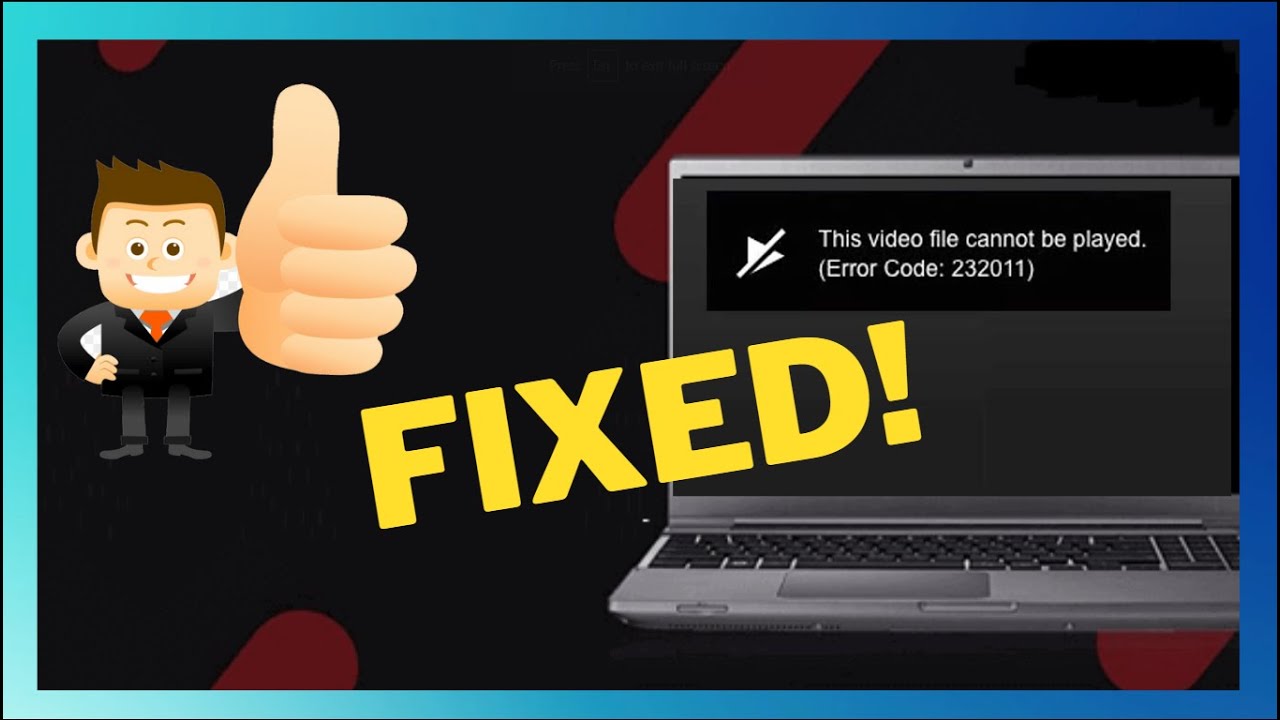A funnel chart is a type of chart that is used to visually represent the progress of a process, such as the sales process. It shows the stages of the process as well as how many people pass through each stage. This makes it a great tool for identifying bottlenecks in the process and improving your operations. Keep reading to learn more about funnel charts and how to create and use them.
A funnel chart is a graphical representation of the stages of a process, from beginning to end. The beginning of the process is typically at the top of the funnel, and the end of the process is at the bottom. The width of each stage of the funnel reflects the relative amount of activity in that stage.
Funnel charts are a great way to visualize the flow of a process. They can help you to identify and track any bottlenecks in the process and can help you to improve the process flow. Funnel charts are also effective for visualizing small numbers because they make it easy to see patterns and identify outliers.
How can you create a funnel chart?

Funnel charts are a great way to visualize your data, specifically how it progresses from one stage to another. This can be helpful when trying to understand how your data is performing and where it might need improvement. When creating a funnel chart, there are a few things to consider. What data do you want to visualize? The first step is to determine what data you want to visualize in your funnel chart. This could be data related to website visitors, sales, or any other type of progress. You’ll also want to think about the stages you want to track. These could be steps in a process, different phases of a sales funnel, or any other type of progression.
What is the starting point? The starting point is the beginning of the data you want to track. This could be the first step in a process, the first phase of a sales funnel, or any other starting point. What is the ending point? The ending point is the end of the data you want to track. This could be the final step in a process, the last phase of a sales funnel, or any other ending point. Also, consider how you want to visualize the data. Once you have determined the data you want to track and the stages you want to track it through, you need to decide how you want to visualize the data. Funnel charts are a great way to visualize progress, but you could also use other types of charts or graphs.
How do you want to group the data? This could be by time, by category, or by any other method. Finally, think about how you want to label the stages. This could be with text or with a different type of symbol.
What are the benefits of using a funnel chart?
When it comes to data visualization, there are many different types of charts and graphs you can use to represent your information. But if you’re looking for a way to track and visualize your sales process easier, you need to use a funnel chart. There are a few benefits of using a funnel chart to track your sales process. First, a funnel chart makes it easy to see where people are dropping out of the process. This can help you identify bottlenecks in the process and fix them. Next, a funnel chart can help you track your progress over time. This can help you see if you’re making improvements to your sales process.
Additionally, funnel charts are easy to understand. This makes them a great tool for communicating the progress of your sales process to others. Lastly, it can help you identify areas for improvement in your sales process. This can help you improve your sales results.
Funnel charts are powerful data analysis tools because they allow you to visualize the data in a way that is easy to understand. It can help you to identify trends and track progress.









Leave a Reply